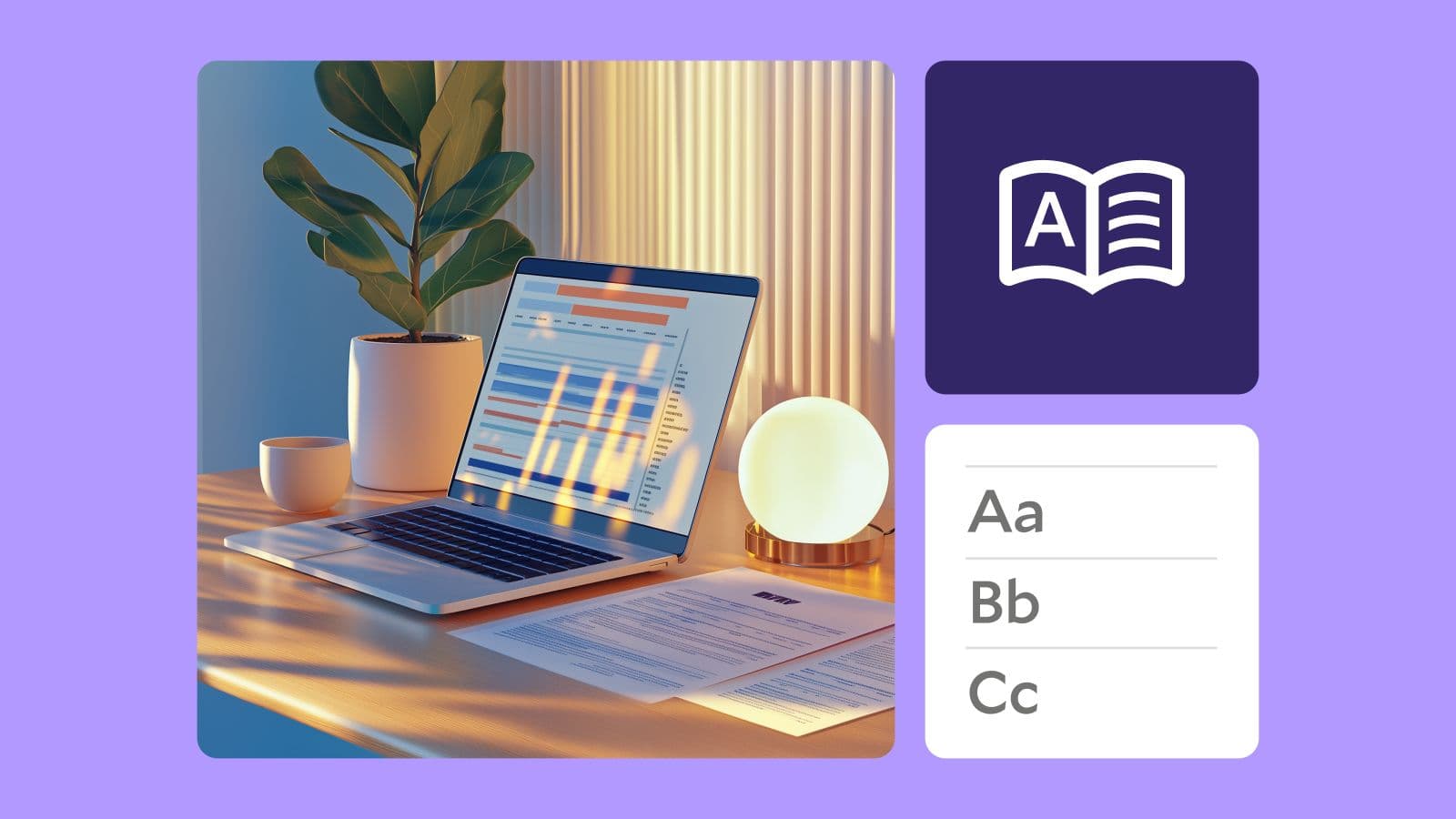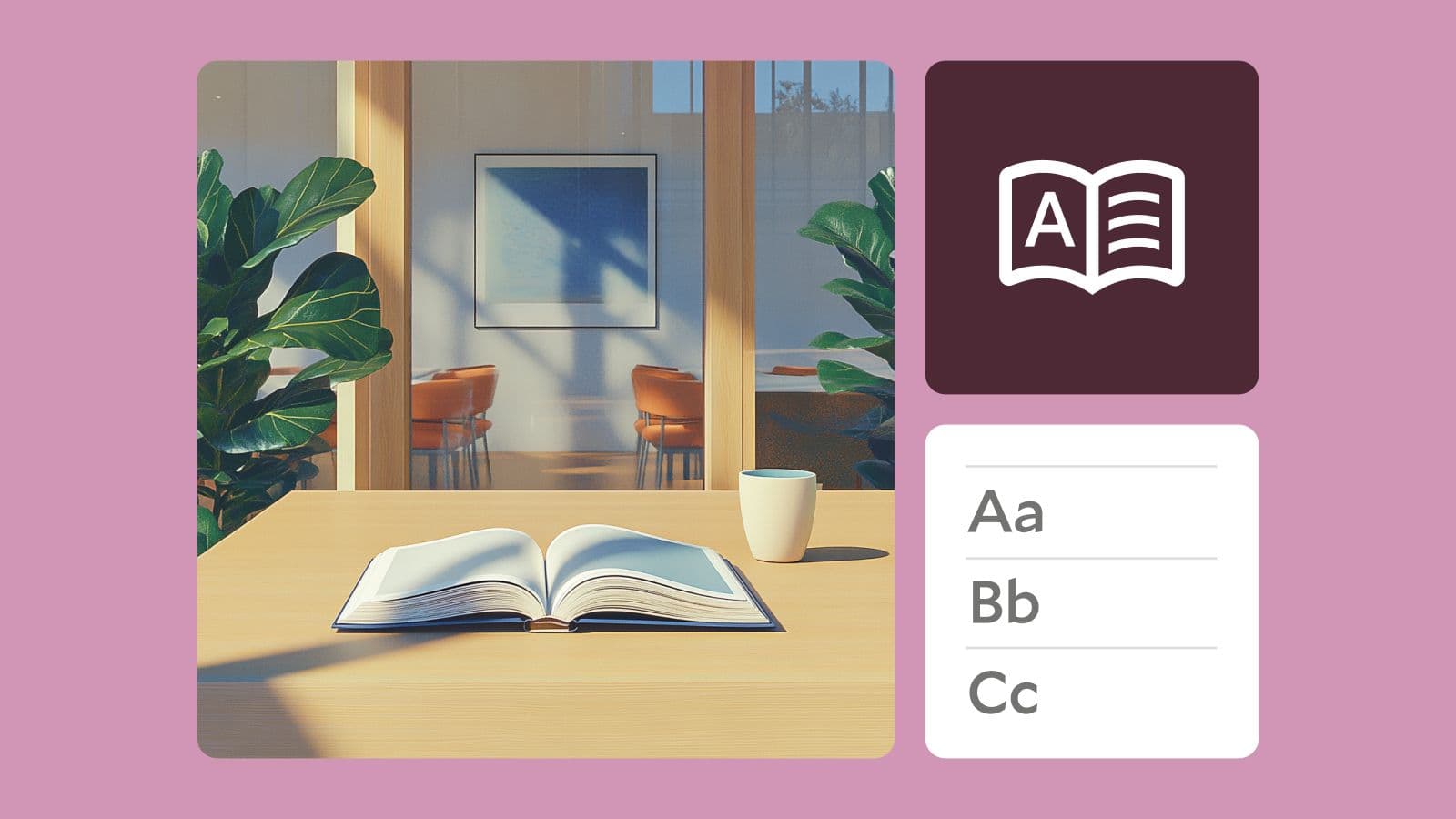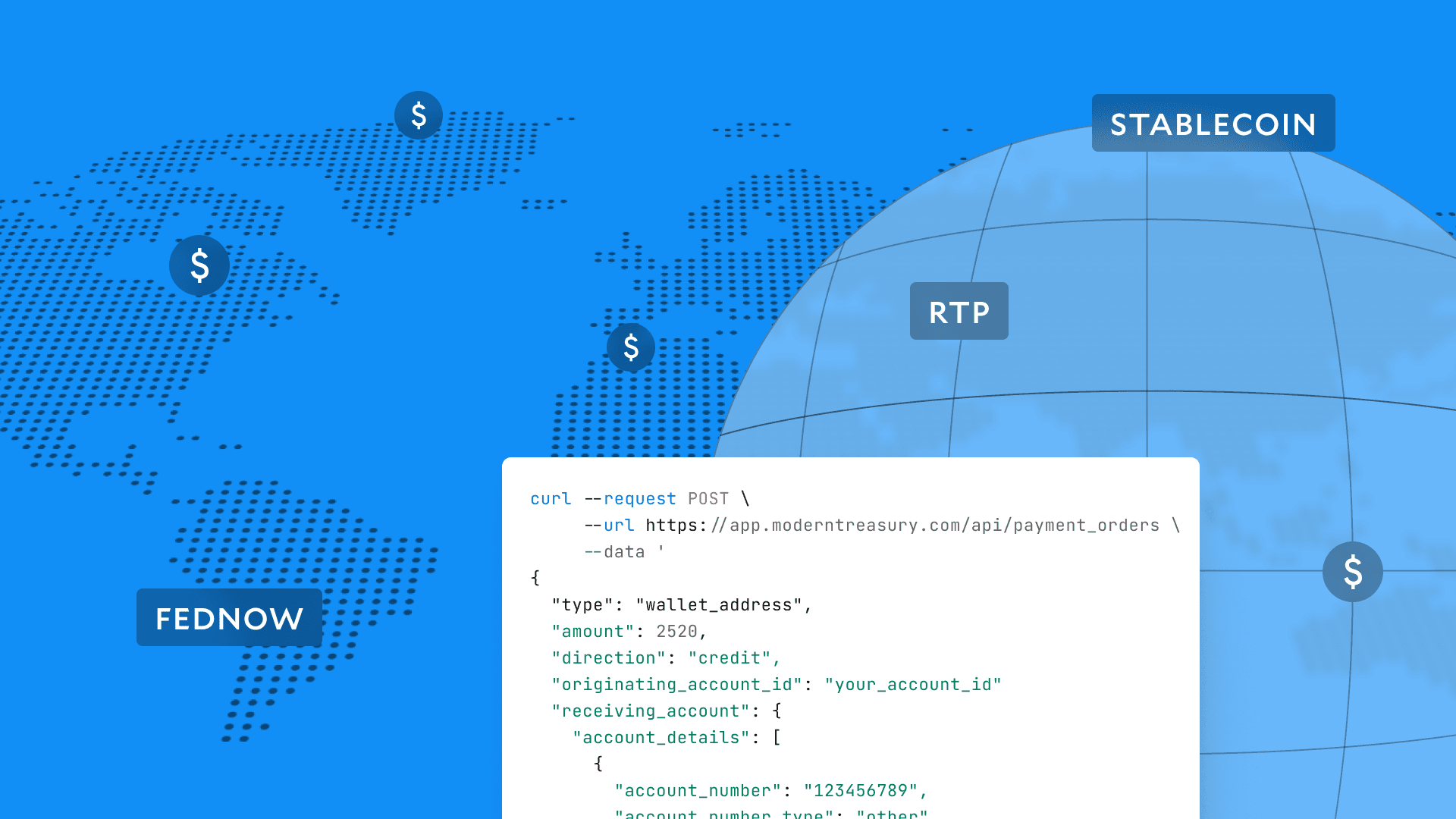Modern Treasury and Paxos Make It Easier for Businesses to Move Money with Stablecoins.Learn more →
Why Chargebacks Look Different Depending on the Payment Rail
Most consumers are familiar with chargebacks as they happen with credit cards. This post will help you understand chargebacks across different payment rails.

While chargebacks or payment returns are things all businesses hope to avoid, they are inevitable. Most consumers are familiar with chargebacks as they happen with credit cards. However, understanding chargebacks across payment rails with higher value business transactions is much different.
What is a Chargeback?
A chargeback is a forced refund of a financial transaction initiated either by a customer or a financial institution. Depending on the payment rail where the transaction is processed, a chargeback may be referred to as a return or reversal. Chargebacks can signal fraud or happen for legitimate reasons. Regardless, for a business it can be a complicated and time-consuming process to untangle a chargeback.
Chargebacks for ACH Network Transactions
On the Automated Clearing House (ACH) Network, chargebacks are referred to as “payment returns.” The most common causes of payment returns include insufficient funds, a closed account, an incorrect account number, or an unauthorized payment. Payment returns can also be requested in situations where permission was not granted for a payment to occur on an account.
For ACH transactions, the Originating Depository Financial Institution (ODFI) issues a debit or credit entry. The Receiving Depository Financial Institution (RDFI) accepts that entry and moves the funds to or from the relevant bank account.
In most cases, the RDFI identifies an issue with a transaction and initiates a payment return to the ODFI. However, in some situations, a business can reach out to their bank to request a return on a payment.
ACH returns must be completed within the time frames specified by the National Automated Clearing House Association (NACHA) rules.
To look at an example, Pies-A-Plenty uses ACH to pay their monthly electricity bill. Pies-A-Plenty provides the electricity company with debit authorization, but doesn't have enough funds in their account to cover the cost of their bill. In this case, Pies-A-Plenty’s bank has to return the request for payment. By returning the request, the funds do not get pulled. Failure to do so will make Pies-A-Plenty's bank liable for the funds in question.
Chargebacks for Wire Transfers
Wire transfer chargebacks, or reversals, are more complicated than other types of chargebacks because of the nature and speed of the transfer. Wire transfers move money from one bank account to another, which makes them more difficult to reverse because the funds are available to the recipient as soon as the transfer is complete.
As an example, Wonka Bagels needs to send money to their ingredient supplier, Dust-N-Dough Fare. Wonka Bagels provides the bank with Dust-N-Dough Fare’s name, account number, and the bank’s routing number and address. Wonka Bagels’ bank sends a payment order that Dust-N-Dough Fare’s bank accepts.
If Wonka Bagels needs to cancel the wire transfer, it has limited time to send a cancellation notice from its bank. If the cancellation notice reaches Dust-N-Dough Fare’s bank in time, it creates a reversal and the funds go back to Wonka Bagels’ account.
Given how fast most wire transfers are completed, this type of chargeback is not common.
If Wonka Bagels cancels the wire because it discovers Dust-N-Dough Fare is defrauding the company, then Wonka Bagels can try to recall the funds via the Society for Worldwide Interbank Financial Telecommunication (SWIFT). Wonka Bagels can initiate a SWIFT chargeback by requesting the suspension of Dust-N-Dough Fare’s account for suspected fraud. Wonka Bagels must provide significant evidence of fraud for a SWIFT chargeback to occur.
Additionally, if Wonka Bagels’ bank makes a mistake with the wire, such as a duplicate transfer or an incorrect transfer amount, the bank can issue a chargeback.
Chargebacks for Real-Time Payments
Real-time payments (RTP) send money between two bank accounts and are almost instantaneous. RTP only supports 'push' payments. Push payments result from an individual sending or ‘pushing’ money to a recipient rather than the recipient requesting (or ‘pulling’) payment.
You cannot 'pull' from or debit another bank account using RTP. This means that the funds must be available in the sender’s bank account at the time of the transfer. Since RTP uses instant funds transfer, all payments are final when completed and irreversible.
In the event of an RTP payment dispute, the sending financial institution can request a return, but the receiving institution is under no obligation to honor it.
Chargebacks for Checks
For checks, the word “chargeback” is a bit misleading. A better term is “return item chargeback fee.” Return item chargebacks are different from any other type of chargeback, as they are a straightforward fee for a check that has been rejected. Return item chargebacks occur when an account holder deposits a check and the check is returned as a result of insufficient funds, a closed account, or because the check is fraudulent, stolen, altered, or forged.
To use an example, Lamps-A-Plenty deposits a check from a customer into their bank account. The customer who wrote the check doesn't have enough money in their account to make the payment and so the check bounces. The customer who wrote the check is charged an insufficient funds fee and Lamps-A-Plenty is charged a return item chargeback fee. While it may seem unwarranted for Lamps-A-Plenty to be charged a fee in this instance, most banks believe it is the responsibility of a business to ensure that a check is valid before depositing it.
Close
At Modern Treasury, our platform connects directly with customer bank accounts where our preventative measures help to avoid chargeback activities. Modern Treasury can help your business move and track money with confidence. Reach out to us here to find out.








